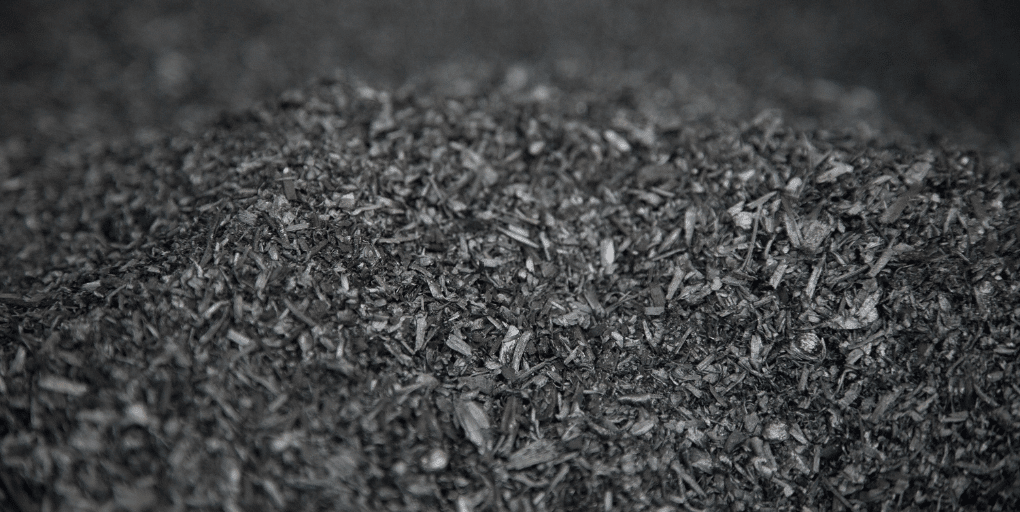In the realm of carbonaceous materials, biochar and charcoal are often used interchangeably, yet they represent distinct products with unique properties and applications. While both are derived from the pyrolysis of organic biomass, they serve different purposes and exhibit varying characteristics. In this comprehensive guide, we will delve into the connection and difference between biochar and charcoal, shedding light on their production processes, properties, and practical uses.
Understanding Biochar and Charcoal Production
Biochar Production Process
Biochar production equipment utilizes a process known as pyrolysis to convert organic biomass, such as wood chips, agricultural residues, or crop waste, into biochar. During pyrolysis, biomass is heated to temperatures ranging from 300 to 800 degrees Celsius in the absence of oxygen, causing it to decompose into volatile gases, liquid bio-oil, and solid biochar. The resulting biochar is a highly porous, carbon-rich material that retains many of the original properties of the biomass feedstock.
Charcoal Making Process
Similarly, charcoal making machine employs pyrolysis to transform organic materials, typically wood or coconut shells, into charcoal. The pyrolysis process involves heating the biomass feedstock to temperatures exceeding 600 degrees Celsius in a low-oxygen environment, resulting in the expulsion of volatile compounds and the conversion of the remaining carbonaceous material into charcoal. The resulting charcoal is a lightweight, black substance with a high carbon content and low ash content, making it ideal for fuel and industrial applications.
Properties of Biochar and Charcoal
Biochar Properties
Biochar is characterized by its porous structure, high surface area, and stable carbon content, making it an excellent soil amendment and carbon sequestration tool. Its porous nature allows it to retain water and nutrients, improve soil structure, and support microbial activity, thereby enhancing soil fertility and crop productivity. Additionally, biochar serves as a long-term carbon sink, sequestering carbon in the soil and mitigating greenhouse gas emissions.
Charcoal Properties
Charcoal, on the other hand, is prized for its high carbon content, low ash content, and high calorific value, making it an efficient and clean-burning fuel source. Its porous structure allows for rapid combustion and efficient heat generation, making it suitable for cooking, heating, and industrial applications. Additionally, charcoal has adsorbent properties that make it useful for water filtration, air purification, and odor control applications.

Applications of Biochar and Charcoal
Biochar Applications
Biochar finds a wide range of applications in agriculture, environmental remediation, and renewable energy production. In agriculture, biochar is used as a soil conditioner, improving soil fertility, water retention, and nutrient availability. It also helps reduce nutrient leaching and runoff, mitigating water pollution and improving water quality. Furthermore, biochar produced by biochar equipment can be used in environmental remediation projects to remediate contaminated soils, absorb pollutants, and mitigate greenhouse gas emissions.
Charcoal Applications
Charcoal is primarily used as a fuel source for cooking, heating, and industrial processes. In households and restaurants, charcoal is commonly used in barbecue grills, stoves, and smokers due to its high heat output and long burn time. In industrial settings, charcoal is used as a reducing agent in metal smelting, a carbon source in chemical synthesis, and a filter media in water and air purification systems. Additionally, charcoal is used in the production of activated carbon for applications such as gas adsorption, wastewater treatment, and pharmaceutical purification.
Conclusion: Embracing the Diversity of Biochar and Charcoal
In conclusion, while biochar and charcoal share a common origin in the pyrolysis of organic biomass, they serve distinct purposes and offer unique properties and applications. Biochar is valued for its soil amendment properties, carbon sequestration potential, and environmental benefits, while charcoal is prized for its energy density, heat output, and versatility as a fuel source and industrial material. By understanding the connection and difference between biochar and charcoal, we can better appreciate their diverse roles in sustainable agriculture, renewable energy, and environmental stewardship.



 留言列表
留言列表

